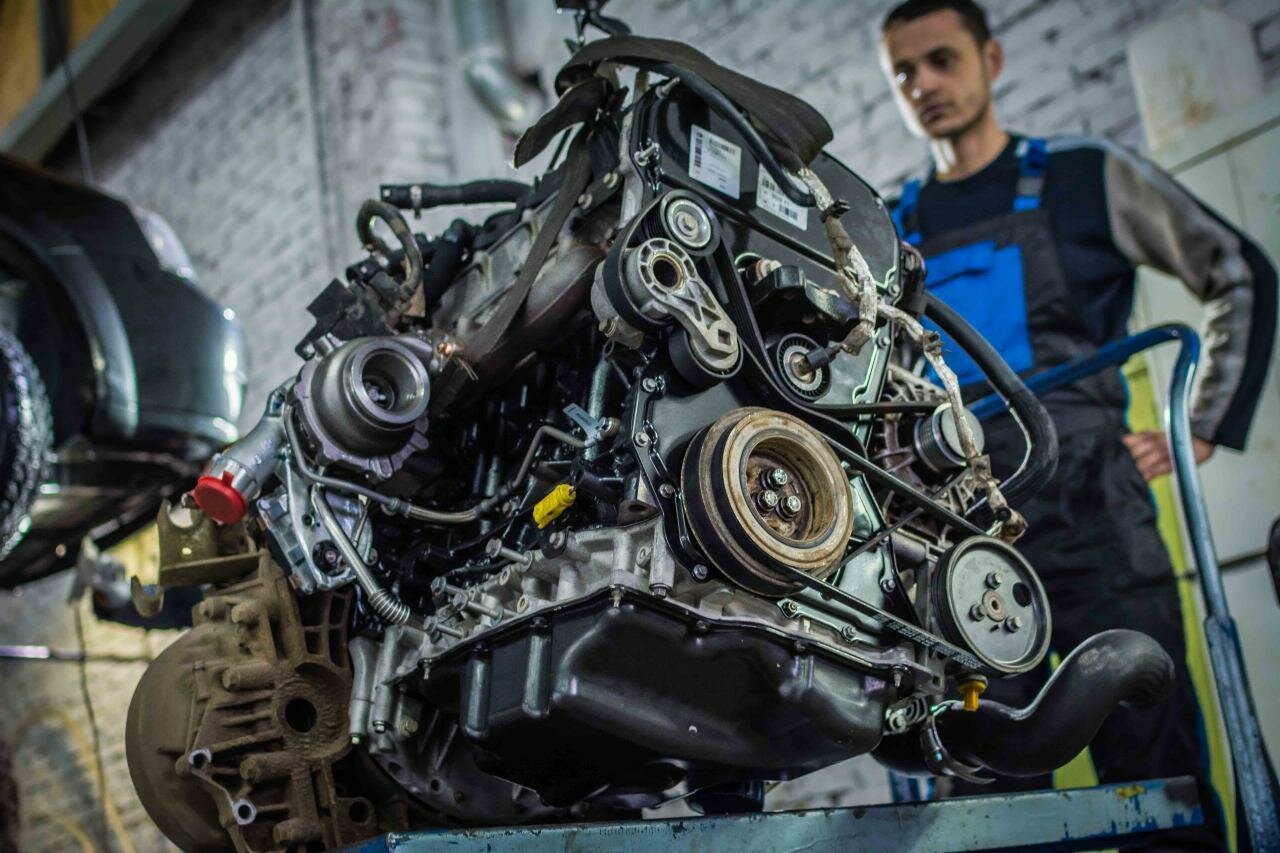Nissan 1.6 DIG-T Engine: An Overview
A Brief History
The Nissan 1.6 DIG-T engine, part of the company’s DIG (Direct Injection Gasoline) technology, was introduced to enhance performance and fuel efficiency in compact vehicles. Launched in the early 2010s, this turbocharged inline-four engine was designed to meet the growing demand for smaller, more efficient powertrains without compromising on power output. The 1.6 DIG-T engine found its way into various models, including the Nissan Qashqai and Pulsar, aiming to provide a balance between spirited driving and economical fuel consumption.
As automotive technology evolved, so did the expectations of consumers. The 1.6 DIG-T engine was marketed as a solution to the challenges of modern driving—offering a combination of turbocharging and direct fuel injection to deliver a punchy performance while maintaining lower emissions. However, despite its innovative design and initial appeal, the engine has not been without its share of problems.
Issues have surfaced over the years, raising concerns among owners and potential buyers. These problems range from minor inconveniences to significant mechanical failures, leading to a growing discourse on the reliability of the 1.6 DIG-T engine. As we delve deeper into the specifics of these issues, it becomes evident that understanding the potential pitfalls of this engine is crucial for anyone considering a vehicle equipped with it. The following sections will explore the common problems associated with the Nissan 1.6 DIG-T engine, providing a clear picture of what to expect and how to navigate the challenges that may arise.
Nissan 1.6 DIG-T Engine Problems: A Closer Look
The Nissan 1.6 DIG-T engine has garnered attention for both its performance capabilities and the issues that have emerged over time. While it was designed to provide a balance of power and efficiency, several problems have been reported by users, leading to concerns about its overall reliability. Below, we will examine the most common issues associated with this engine, their symptoms, and potential consequences.
Common Issues with the Nissan 1.6 DIG-T Engine
1. Turbocharger Failures
One of the most significant problems reported with the 1.6 DIG-T engine is turbocharger failure. This can manifest in various ways, including:
– Loss of power during acceleration
– Unusual noises coming from the engine bay
– Excessive smoke from the exhaust
2. Oil Consumption
Many owners have noted excessive oil consumption, which can lead to:
– Frequent oil top-ups
– Potential engine damage if not monitored
– Increased emissions due to burning oil
3. Cooling System Issues
Problems with the cooling system can arise, leading to:
– Overheating of the engine
– Coolant leaks
– Damage to engine components if not addressed promptly
4. Fuel Injector Problems
Fuel injector failures can cause:
– Rough idling
– Poor fuel economy
– Engine misfires
5. Timing Chain Tensioner Failure
A critical issue that can lead to severe engine damage is the failure of the timing chain tensioner. Symptoms include:
– Rattling noise from the engine
– Engine misalignment
– Complete engine failure if the chain slips
Symptoms and Consequences
Understanding the symptoms associated with these problems is crucial for early detection and prevention of further damage. Below is a table summarizing the symptoms and potential consequences of the common issues related to the Nissan 1.6 DIG-T engine.
| Problem | Symptoms | Consequences |
|---|---|---|
| Turbocharger Failure | Loss of power, unusual noises, excessive smoke | Reduced performance, potential engine damage |
| Oil Consumption | Frequent oil top-ups, burning oil | Engine wear, increased emissions |
| Cooling System Issues | Overheating, coolant leaks | Severe engine damage |
| Fuel Injector Problems | Rough idling, poor fuel economy | Engine misfires, reduced efficiency |
| Timing Chain Tensioner Failure | Rattling noise, engine misalignment | Complete engine failure |
Top views |
|
|---|---|
 |
Oil, Timing Chains, Pistons: What Really Kills an Engine Prematurely? |
 |
How to Choose a Car with a Reliable Engine: Used Car Market Hacks That Actually Work |
Conclusion
The Nissan 1.6 DIG-T engine, while innovative and efficient, is not without its flaws. Owners should be vigilant in monitoring their vehicles for the symptoms outlined above to mitigate potential damage and ensure longevity. Understanding these issues can empower drivers to make informed decisions regarding maintenance and repairs, ultimately leading to a more reliable driving experience.




0 Comments